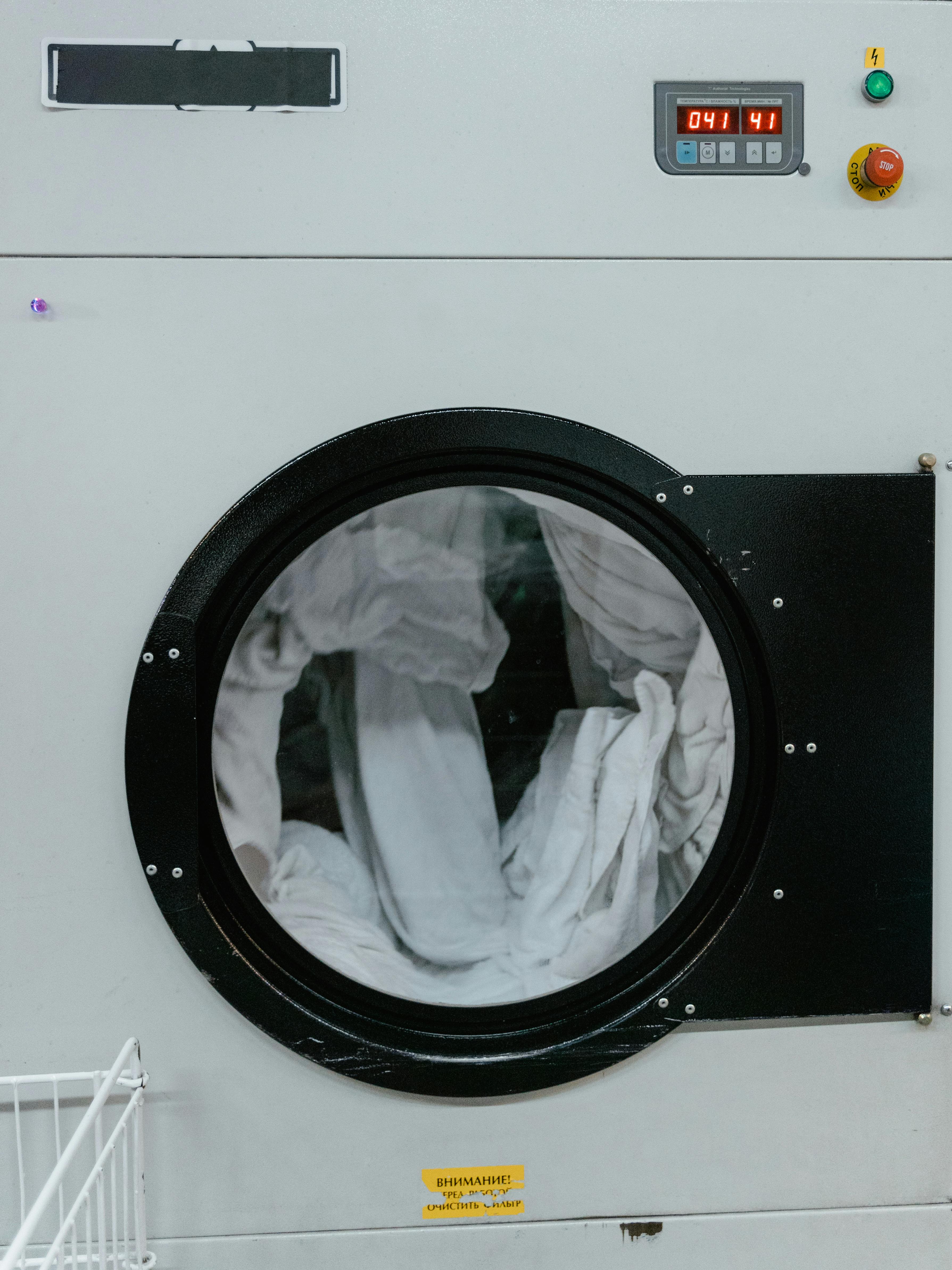Essential Guide to Watermelon Growth Time for Optimal Harvest

Apply Now


Essential Guide to Watermelon Growth Time for Optimal Harvest
Watermelon, with its refreshing sweetness and juicy texture, is a favorite summertime treat. However, for gardening enthusiasts, understanding the growth timeline of watermelon is crucial for optimal harvest. Knowing how long it takes for watermelon to grow from seed to fruit not only enhances your gardening experience but also ensures that you maximize productivity. In this guide, we will explore the watermelon growth timeline in detail, covering everything from the ideal conditions needed for growth to common problems and best practices. Armed with this information, you can effectively plan your planting and enjoy a bountiful harvest. The growth duration of watermelons varies significantly based on factors such as variety, climate, and care provided. In general, the time needed for watermelon to mature can range from 70 to 90 days. This article will serve as a comprehensive roadmap, detailing each stage of the watermelon growth process and offering tips for ensuring a healthy plant. Let's delve into the essential aspects of watermelon cultivation and learn how to grow watermelon effectively.Understanding Watermelon Growth Stages
The watermelon growth process can be divided into distinct stages, each requiring specific care and conditions. By familiarizing yourself with these stages, you can better manage the growth of your plants from seed to harvest.Seed Germination
The first stage in the watermelon growth timeline is the germination of seeds. Typically, watermelon seed germination takes about 4 to 10 days under optimal conditions. The ideal temperature for germination is between 70°F to 95°F (21°C to 35°C). To initiate germination, ensure that you plant the seeds in nutrient-rich, well-draining soil and keep the soil consistently moist. One common mistake during this stage is overwatering, which can lead to rot.Seedling Development
Once germination occurs, the seedlings begin to develop. This stage usually spans 2 to 3 weeks, during which seedlings should receive adequate sunlight—ideally around 8 hours daily. A good watering schedule should be established, promoting a healthy root system without allowing the soil to remain too soggy. The use of organic mulch can help retain moisture and suppress weed growth, enhancing the overall health and growth rate of the seedlings.Vegetative Growth
After the seedling phase, watermelon plants transition into vegetative growth, which lasts for around 4 to 6 weeks. During this time, it’s crucial to provide the plants with proper nutrients. A balanced fertilization schedule is recommended to promote robust growth. Keep an eye on soil moisture levels, as fluctuating conditions can hinder growth. This stage sets the foundation for fruit production, making it vital to monitor and maintain ideal growth conditions.Flowering Phase
The flowering phase is critical in the watermelon growth timeline as it precedes fruit development. Typically occurring around 6 to 8 weeks after planting, this stage requires attention to pollination, as watermelon plants are generally monoecious, having both male and female flowers. Ensuring that pollinators such as bees have access to the plants significantly boosts fruit set.Fruit Development
Following successful pollination, fruits will begin to develop. This period usually takes another 3 to 5 weeks for the watermelons to grow to a suitable size for harvest. Factors influencing this phase include temperature, moisture, and nutritional levels in the soil. Keeping a consistent watering routine is vital, as dehydration can cause the fruit to split or develop unevenly.Ideal Conditions for Watermelon Growth
Understanding the ideal conditions for watermelon growth is fundamental to cultivating healthy plants and achieving a successful harvest. This section covers essential factors such as temperature requirements, sunlight needs, and soil types for optimal growth.Temperature Requirements
Watermelons thrive in warm climates, requiring temperatures between 70°F (21°C) and 95°F (35°C) for ideal growth. Consistent warmth accelerates the growth process and enhances fruit flavor. Protecting watermelon plants from frost is essential, especially during the early stages of growth. Gardeners in cooler climates may consider starting seeds indoors or using row covers to provide warmth.Sunlight Needs
Watermelon plants are sun-loving crops that need full sunlight for at least 8 hours a day. Adequate sunlight exposure directly impacts the size and sweetness of the fruit. When selecting a growing location, choose an area that receives ample sunlight to foster robust watermelon plants.Soil Types and Preparation
The best soil for growing watermelons is sandy loam that drains well but retains moisture. The ideal pH level for watermelon growth ranges from 6.0 to 6.8. Preparing the soil before planting involves adding organic matter, such as compost, to improve nutrient availability. Conducting soil testing can ensure optimal soil conditions for watermelon cultivation.Managing Watermelon Care Throughout Growth
Caring for growing watermelon is vital from planting to harvest. This section will highlight the essential care techniques you'll need to apply at various stages.Watering Schedule
Developing a proper watering schedule for watermelon is crucial. Young plants require more frequent watering to establish their root systems. As the plants mature, adjust your watering frequency to deliver deep, infrequent watering sessions, promoting healthy root development. Understand your local climate conditions, as rainfall can also influence your watering routine.Fertilization Strategies
Proper fertilization is key in the watermelon growth process, optimizing nutrient uptake and enhancing growth. A balanced fertilizer application at planting and again during flowering can improve yield and fruit quality. Organic fertilizers, such as compost or well-rotted manure, are excellent options for sustainable growth practices.Dealing with Pests and Diseases
Watermelon growth challenges often include pests such as aphids and spider mites, and diseases like powdery mildew. Implement integrated pest management strategies, including crop rotation and companion planting, to minimize infestations. Regularly inspect plants for signs of distress and use organic treatments when possible to maintain plant health.Watermelon Harvesting Tips
Knowing when to pick watermelon is critical for ensuring fruit quality. This section provides guidance on recognizing the signs of ripeness and best practices for harvesting your crop.Indicators of Ripe Watermelon
To determine the right time for harvesting ripe watermelon, look for several visual cues. Primarily, the tendril closest to the stem should turn brown and dry. The bottom of the fruit will typically show a yellowish spot where it has been resting on the ground. Additionally, tapping the watermelon should produce a deep sound, indicating ripeness.Best Practices for Harvesting
When it comes to harvesting watermelons, proper tools and techniques matter. Use a sharp knife or pruning shears to cut the stem rather than pulling on the fruit, which can damage the plant. Handle watermelons gently to avoid bruising, and consider harvesting early in the morning for cooler conditions.Post-Harvest Storage and Enjoyment
After harvesting, watermelon storage tips are crucial for maintaining quality. Store watermelons in a cool, dry place to prolong their freshness. For those looking to sell watermelon at markets, ensure proper handling and display for maximum appeal. Watermelons can be enjoyed in various forms, including fresh slices, salads, and smoothies.Conclusion: Factors Affecting Watermelon Growth Time
In summary, understanding the watermelon growth timeline is vital for successful cultivation and optimal harvesting. Factors affecting watermelon growth time include temperature, soil conditions, and pest management. By adhering to proper care techniques and recognizing the signs of maturity, you can enjoy a bountiful watermelon harvest. Embrace these watermelon growth tips, and you’ll not only reap the benefits of your labor but also savor the delightful taste of homegrown fruit. Happy gardening!
